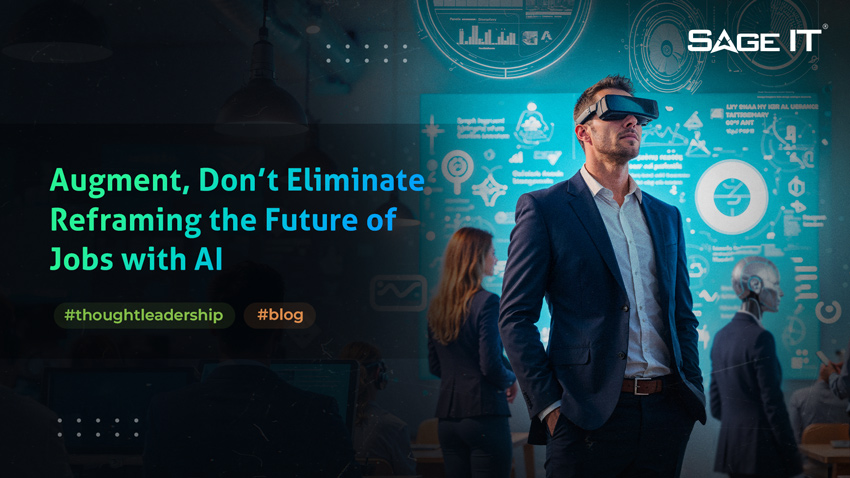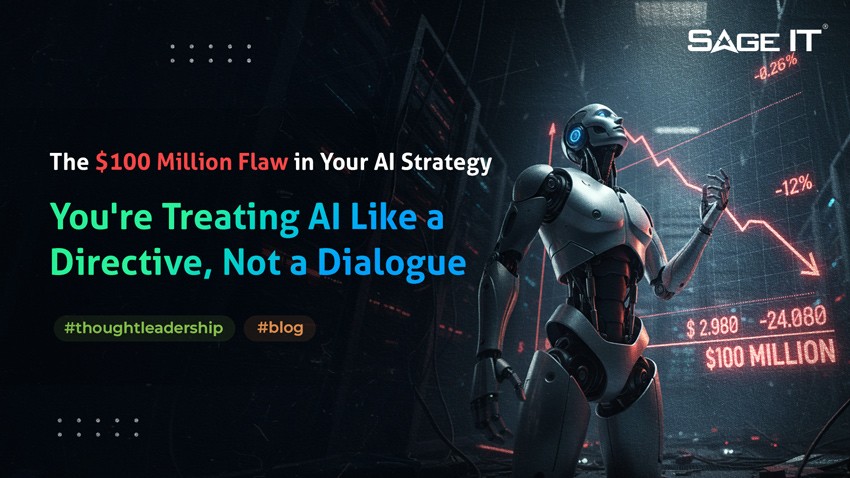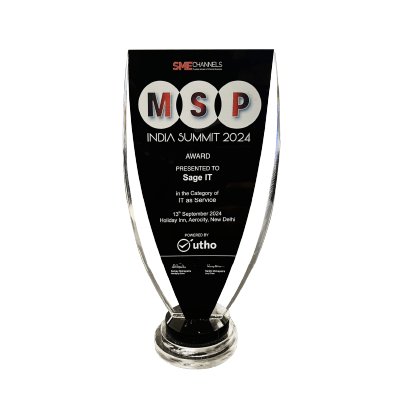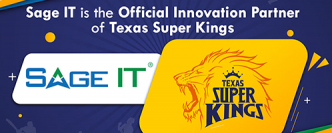Ever tried untangling a decade-old integration architecture? It’s like sorting through a mess of outdated cables, legacy systems, and half-documented workflows—only at an enterprise scale. What worked yesterday won’t just be inefficient tomorrow—it will be obsolete.
By 2026, automation will play a pivotal role in enterprise operations. According to Gartner, 30% of enterprises will automate more than half of their network activities, up from under 10% in mid-2023. As businesses accelerate digital transformation, the need for automation, API management, and Boomi integration strategies will become critical for improving agility, reducing costs, and maintaining a competitive edge. Yet, many still struggle with fragmented, middleware-heavy approaches that slow transformation, drive up costs, and limit scalability.
Enterprise integration is at an inflection point. Rigid middleware, manual workflows, and isolated automation are quickly becoming liabilities. Businesses that fail to modernize are spending 30-50% more on maintenance while their competitors reduce costs, accelerate innovation, and drive competitive advantage through AI-driven automation, low-code platforms, and cloud-native integration.
The shift is happening now. Is your business ready?
Low-Code/No-Code Platforms: The Business-Led Integration Era
IT no longer holds a monopoly over integration development. The rise of low-code and no-code platforms is shifting control from technical teams to business users, enabling them to build integrations without deep coding expertise. The result? Faster innovation, reduced IT bottlenecks, and greater agility.
The Risks of Sticking to Developer-Heavy Integration Models:
Case Study
A leading retail chain struggling with slow, developer-dependent integrations leveraged Boomi’s low-code platform, reducing integration timelines from 6 months to just 8 weeks. This shift empowered non-technical users to manage integrations without relying solely on IT teams.
Boomi is leading this transformation with:
The shift is already happening. Will your business embrace it—or be left behind?
Cloud-Native Integration: The Death of Legacy Middleware
Traditional integration middleware is fading. Built for on-premise environments, these systems lack the agility, scalability, and efficiency needed in today’s cloud-first world.
Sticking to Legacy Middleware Means:
The Future of Integration is Cloud-Native
Businesses are moving toward containerized and serverless integrations that:
Boomi’s Impact:
A global manufacturing enterprise struggling with legacy middleware inefficiencies deployed Boomi’s cloud-native integration, leading to a 40% reduction in integration complexity and 20% faster data processing across its multi-cloud infrastructure. This shift cut operational costs by 25% while enhancing agility for real-time decision-making.
As legacy middleware fades into obsolescence, businesses must rethink their approach. But integration complexity isn’t just a technology problem—it’s an automation problem. This is where hyperautomation steps in.
Hyperautomation: The Next Evolution of Process Optimization
Integrations are no longer passive—they are proactive. Traditional integration models focus on simple data movement, but modern enterprises need intelligent, self-optimizing workflows that automate, adapt, and respond in real time.
The Risks of Ignoring Hyperautomation:
Hyperautomation in Action:
A Fortune 500 logistics company leveraged Boomi’s AI-driven hyperautomation to reduce manual data handling by 60%, significantly improving processing speeds across its supply chain.
Boomi orchestrates automation across applications, integrating RPA, AI, and API-led connectivity to create seamless, intelligent workflows—without adding complexity.
This is no longer a future trend—it’s happening now. Will your business take advantage of hyperautomation or struggle to keep up?
The Rise of Composable Enterprises & API-First Strategies
Static enterprise architectures are unsustainable. Businesses can no longer afford rigid, monolithic systems that fail to adapt to changing demands.
Enterprises Still Relying on Traditional Models Face:
The Future: API-First Strategies & Composable Enterprises
Instead of point-to-point integrations, businesses are moving toward open, scalable, and reusable API ecosystems that enable:
Boomi is leading this shift by enabling API-driven integration and composable architectures, helping enterprises build future-proof digital ecosystems.
The change is already underway. Will your business embrace composability—or be left behind?
How Boomi is Positioned to Lead the Next Decade
The future of integration belongs to platforms that combine intelligence, agility, and scalability. Boomi is not just keeping pace—it’s shaping the future.
Boomi’s Differentiators:
Real-World Impact:
The question isn’t whether integration is changing—it’s whether enterprises are choosing the right partner for the future.
Boomi is that partner, offering the agility and intelligence businesses need to stay ahead. But as we look ahead, the real challenge is not just choosing the right platform—it’s about acting before the gap between early adopters and laggards becomes insurmountable.
Final Thoughts
The next decade will separate future-ready enterprises from those clinging to outdated systems. AI-driven automation, low-code development, cloud-native architectures, and API-first strategies aren’t just trends—they’re the foundation of modern business agility.
Businesses that fail to act now risk falling behind competitors who are already embracing intelligent integration.
Boomi isn’t just following this shift—it’s leading it, helping enterprises move faster, smarter, and more efficiently.
Integration isn’t just evolving—it’s transforming at an unprecedented pace. The question is no longer if your business will adapt, but how fast.












